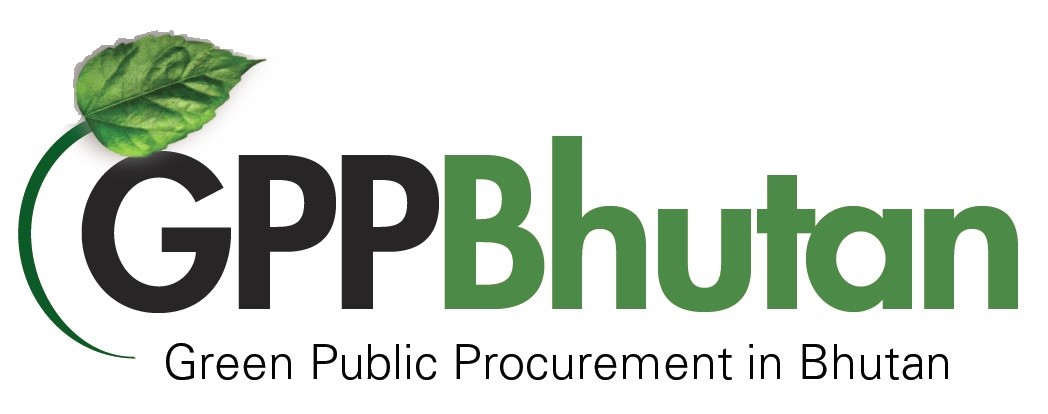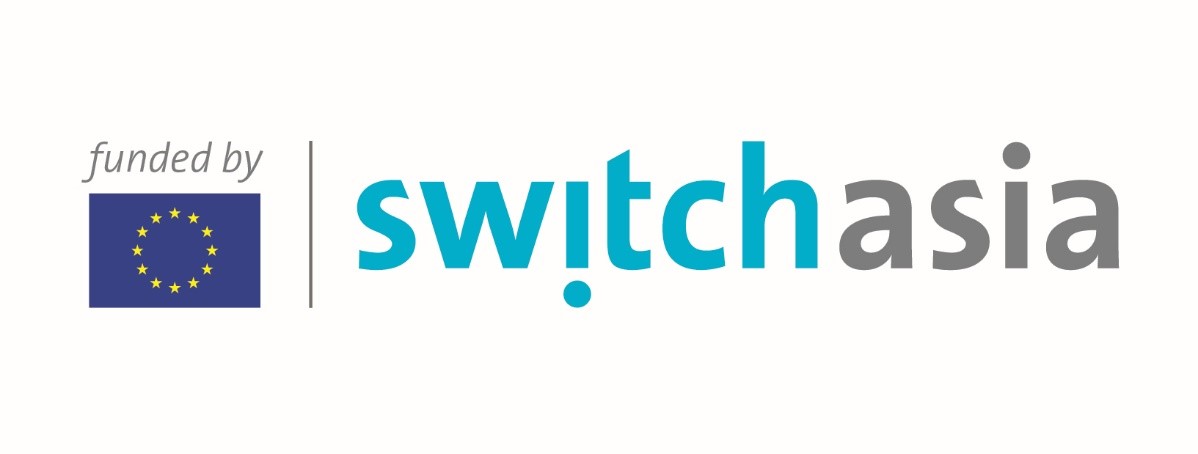Third High-Level Seminar on Green Public Procurement
The High-Level Seminar (HLS) on Green Public Procurement aims to engage with parliamentarians, senior-level bureaucrats and procurement policy decision-makers in Bhutan.
The High-Level Seminar (HLS) on Green Public Procurement aimed to engage with parliamentarians, senior-level bureaucrats and procurement policy decision-makers in Bhutan. It included a discussion on the progress of the implementation of green public procurement (GPP) in Bhutan, as well as disseminate information on the GPP Bhutan project. The Honorable Finance Secretary kindly consented to be the Chief Guest at the HLS3.
In Bhutan, the government spends a large portion of its annual budget in procurement of goods, services and works, on average equivalent to 21 per cent of its GDP. This public spending can be utilized to increase value-for-money across the life cycle and generate economic, financial, environmental and social multipliers. The GPP Bhutan project has conducted research, trained public procurers, sensitized suppliers and piloted GPP projects in an effort to introduce and implement GPP in Bhutan. Through the High-Level Seminars, we hope to transfer our knowledge and findings so that Bhutanese policy and decision-makers can carry the torch forward.


Additional downloads
Upcoming events
Building Bridges: The State of Nature-Based Investments
Join us for a panel at the Building Bridges conference in Geneva, Switzerland, to discuss the state-of-play of nature-based investments and the potential opportunities they present.
Through Her Lens: Women leading change in sustainable agriculture and market inclusion
Despite the critical role that women play in agricultural production, they still do not have equal access to global agricultural supply chains on terms that benefit them.
A Municipal Perspective on the Value of Natural Infrastructure
This webinar will showcase examples the cost-effectiveness of natural infrastructure from a municipal perspective. Focusing on what municipalities need—what evidence and numbers they rely on, and what tools and planning processes are required to ensure that natural infrastructure is assessed alongside traditional infrastructure for cost-effectiveness.